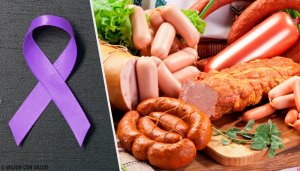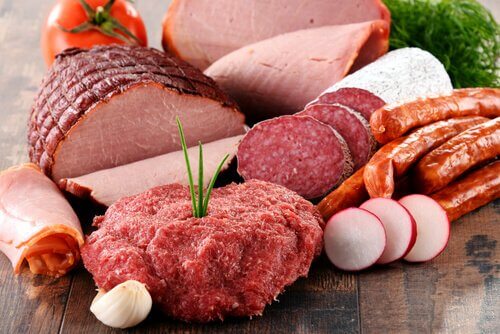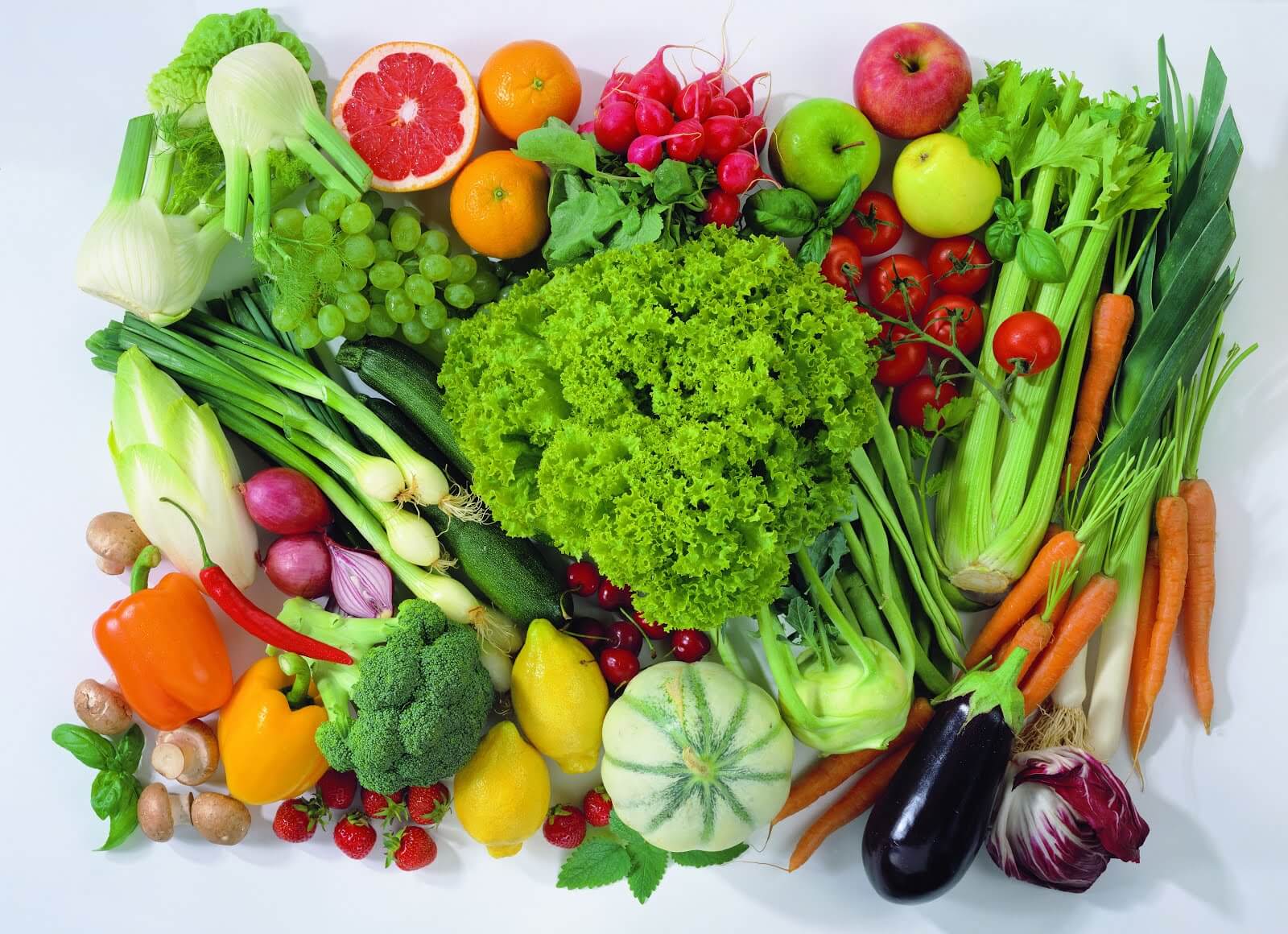Foods That Contain Nitrosamines and are Potentially Carcinogenic


Written and verified by the pedagogue in physical education and nutritionist Elisa Morales Lupayante
Although scientists have connected nitrosamines to cancer, the United States Department of Agriculture (USDA) has approved the use of sodium nitrate in foods.
This food additive is generally used to add flavor and color and to prolong the shelf-life of foods.
Sodium nitrate is a natural salt made up of sodium, nitrogen, and oxygen.
Companies use it in meats as a preservative to prevent bacterial growth and decay.
- Some of these bacteria can be dangerous, such as Clostridium botulinum and Listeria monocytogenes, which cause potentially serious diseases.
This food additive is considered safe. However, when sodium nitrate interacts with bacteria in meats, it undergoes chemical changes. Then, it loses an oxygen atom and becomes sodium nitrite. Over time, sodium nitrate may form nitric oxide, a gas, or nitrosamines, which are carcinogens.
Foods With Sodium Nitrate
Overall, sodium nitrate isn’t used in many foods.
However, natural sodium nitrate is still used in cured and dried meats as well as in meats processed in specialty stores.
Let’s take a look at some of the common foods that contain it.
Hot Dogs

People have used preservatives for hundreds of years as a means to extend the shelf-life of meat by preventing bacterial growth.
While salt was previously used to cure and preserve meat, nitrates are considered the main part of the salt that helps preserve them.
Sausages and the main ingredients of hot dogs all contain sodium nitrite, because they are cured. Curing is a process that involves adding spices, salt, and nitrite to meats, along with heat.
During this process, the nitrite becomes nitric oxide, which binds with myoglobin, a red pigment that gives hot dogs their characteristic pink color over time.
A 1974 study published in the Journal of Food Science revealed that nitrates are broken down in sausages and other meats and bind with proteins to form nitrosamines.
Visit this article: 15 Foods that You Should Avoid at All Costs
Creating a Balance
Due to the fact that sodium nitrates have been associated with inflammation, the United States Department of Agriculture requires that hot dog manufacturers add anti-inflammatory substances known as antioxidants.
Thus, they add antioxidants such as vitamin C to minimize or neutralize the inflammatory effects of nitrates.
Cured Meats

Most nitrates in our diets come from those found naturally in vegetables, which form sodium nitrate from the nitrogen from the soil.
Thus, cured meats are not the only source of sodium nitrates. In fact, less than 5% of its intake comes from cured meats.
Examples of these meats include:
- Prosciutto or cured ham
- Capocollo
- Pepperoni
- Salami
- Pancetta
- Bacon
- Cooked ham
- Meats manufactured in supermarkets
Eating small amounts of processed meat every day, as little as 2 ounces, increases your risk of colorectal cancer.
While the connection between processed meats and cancer is unclear, investigators are currently researching nitrites and nitrates as possible factors.
Eating processed meats like sausage or salami every once in a while isn’t totally bad. However, you should replace them with healthier choices, such as fresh chicken or fish or vegetarian versions of these meats or beans.
Fruit
Nitrate is an essential plant nutrient found in the soil that is absorbed by all plants and is used as a primary source of nitrogen.
As such, nitrate is a natural part of all vegetables, fruits, and grains. Some plants have much higher nitrate levels than others.
In general, nitrate levels are lower in fruits compared to vegetables, especially root vegetables, because of the distance that fruits have from the ground.
On the other hand, strawberries have the most nitrate, followed by gooseberries, raspberries, and cherries.
See also: 4 Fruits that can Help Prevent Cancer
Vegetables

The following vegetables have high nitrate levels:
- Lettuce
- Beets
- Carrots
- Green Beans
- Spinach
- Parsley
- Cabbage
- Radishes
- Celery
We obviously can’t forget that the nitrate content varies depending on soil composition.
The studies on vegetables rich in nitrates, such as lettuce and beets, found that when there are higher nitric oxide levels in the bloodstream, blood pressure is lower.
In addition to relaxing or vasodilating blood vessels, nitric oxide also has antiplatelet properties which help prevent inappropriate blood clotting.
Cut Back On Processed Meats
Overall, we may be able to reduce the creation of carcinogenic nitrosamines with good and natural vitamin C.
However, the best thing for our long-term health is to cut back on processed meats.
If we saw how most of these products are made and the kind of “meat” they contain, we probably would never eat them again, anyways!
If we throw in high harmful sodium chloride levels, sodium nitrite, nitrosamines, and the risk of cancer that comes with the consumption of processed meats, there are a lot of good reasons why we should choose healthier alternatives.
All cited sources were thoroughly reviewed by our team to ensure their quality, reliability, currency, and validity. The bibliography of this article was considered reliable and of academic or scientific accuracy.
- Tricker, A. R., & Preussmann, R. (1991). Carcinogenic N-nitrosamines in the diet: occurrence, formation, mechanisms and carcinogenic potential. Mutation Research/Genetic Toxicology. https://doi.org/10.1016/0165-1218(91)90123-4
- Robles, H. (2014). Nitrosamines. In Encyclopedia of Toxicology: Third Edition. https://doi.org/10.1016/B978-0-12-386454-3.00523-6
- Ward, M. H., Pan, W. H., Cheng, Y. J., Li, F. H., Brinton, L. A., Chen, C. J., … Hildesheim, A. (2000). Dietary exposure to nitrite and nitrosamines and risk of nasopharyngeal carcinoma in Taiwan. International Journal of Cancer. https://doi.org/10.1002/(SICI)1097-0215(20000601)86:5<603::AID-IJC1>3.0.CO;2-H
This text is provided for informational purposes only and does not replace consultation with a professional. If in doubt, consult your specialist.








